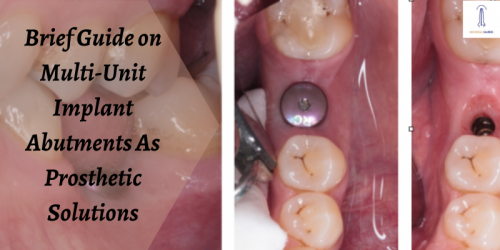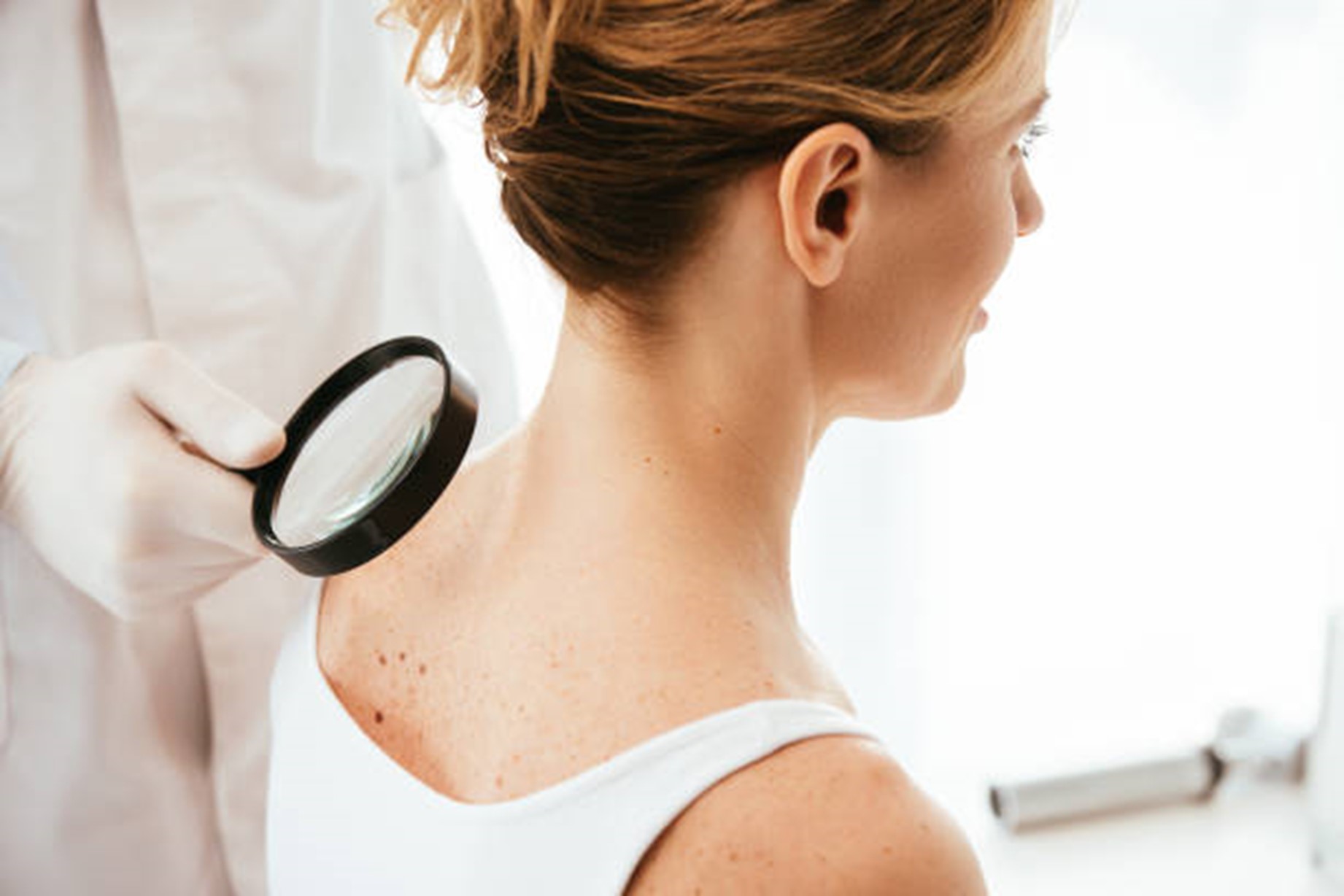Generally, a successful implant restoration depends on an adequate prosthetic and surgical protocol. According to predetermined prosthetic restoration, the dental implant needs to be fixed in an optimum position. For the whole procedure, an implant abutment drill plays a vital role. It helps in succeeding the entire dental implant or procedure.
Well, multi unit abutment is a common term you might have heard. But do you know about MUA as a prosthetic solution? Maybe not!
Don’t worry! We are going to explain the abutments as a prosthetic solution. In this write up we will share some important information you have to know regarding multi unit abutment. Go through the article to know more!
Understand the Multi Unit Abutments
The multi-unit abutment is also termed a MUA and a connector piece. The MUA (multi unit abutment) is specialized abutments that help in combining whole arch replacements and zygomatic dental implants. Moreover, MUA is called the all-on-four dental implant.
Understand The Multi-Unit Abutments As Prosthetic Solutions
The dental person uses an abutment to combine the dental prosthetic with the dental implant. It is likely to switch out a dental prosthetic while using multi-unit abutment, but you need not worry about removing the entire implant.
The main multi-unit abutment is of two kinds. A dental surgeon chooses one as per the requirements of a patient.
- First is the straight multi-unit abutment.
- The second is angulated multi-unit abutments or angled multi-unit abutments.
Angled or Angulated Multi-Unit Abutments
Angulated or Angled multi-unit abutment is the best option if you need angulation correction. But the implant was placed at a divergent angle (75° to 100° range).
The top three options for Angulated multi-unit abutments are:
- 55° divergence and 9° degrees angulation
- 75°divergence and 17°/18° degrees angulation
- 100° divergence and 30° degrees angulation
Straight Multi-Unit Abutments
This solution is very popular and is called a screw-retained prosthetic solution. In this procedure, the implant was fixed at a very low degree of divergence (40° or more range).
The multi-unit abutment comes in many angulations or sizes. But it depends on the type of dental implant used by a dental surgeon.
However, a multi-unit abutment’s regular angulations are 0°, 17°, 30°, or 45°. Also, special sizes are available such as 60° or 52.5°) in multi-unit abutments.
Locking Of Screws After Implant
Now we will discuss the locking if screw after an implant. The dental surgeon shows the access hole and retrieves the restoration if required. Later the screw is used to lock the implant crown to the abutment horizontally or vertically.
Lingual-Locking Screws To Retain Restoration Of Implant
One of the benefits of implant-borne screw-retained prostheses is that it has the ability to retrieve. Usually, removing an implant crown (cement-retained) is challenging because of many variables, including locating the stripped screws or saving-guarding the underlying custom abutment. Enable removal; dental surgeons apply the techniques.
The common principles for lingual locking screws use the techniques listed below.
1. The lingual locking screw is smaller than an abutment screw. It is not capable of withstanding occlusal forces with no abutment protection.
For optimum retention and resistance, it is necessary to design the abutment in a proper manner. It gives safety to the lingual screws against harmful shearing strengths.
2. The lab technician needs to give a lingual location having simple clinical access to fix the lingual screw. For instance, the anterior teeth’ cingulum area, the surfaces of premolars (mandibular and maxillary) or maxillary molars, or mandibular molar’s mesio-lingual angle because of the tongue’s position.
3. It is crucial to set the definitive form of the prosthesis beforehand for accurate abutment contour and design. It is easy to set by providing a full contoured wax pattern of the definitive restoration digitally or cast on a system.
4. A medical silicone or a light viscosity polyvinyl siloxane is used to close the gap between the abutment and the crown at the time of the fixing procedure. Moreover, it will prevent the seepage of food in that area. Later the lingual screw helps in securing the prosthesis to the abutment.
You can see various kinds of benefits of multi-unit abutments. Some of them we have listed below:
- Multi-unit angulation offers strong support to the dental prosthetic.
- Multi unit abutments are useful for saving money as well as time.
- Dentists can use various implant systems when coordinating with one another.
- You don’t need a sinus lift when performing dental implants in the jaws.
Octa-type Abutments or MUA used for Overcoming Misaligned Implants
If many implants are misaligned during restoration or in the posterior quadrants of a whole arch, MUA (multi-unit abutments), angulated or straight, is used. It is to overcome the misalignment by forcing the internal implant link to a taper external connection and generating the restoration screw-retained.
Moreover, the occlusal stress is reduced from the implant screw to the MUA small screw.
Final Words
So, the MUA is very important for a dental procedure. Visiting a dental surgeon will recommend an implant for the patient’s missing teeth. We hope you have a clear idea of multi-unit abutment as a prosthetic solution. Moreover, this article contains information about the types and sizes of MUA.



